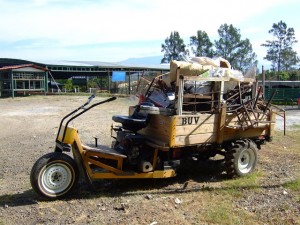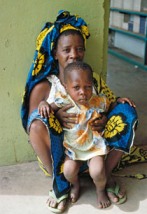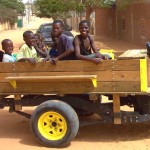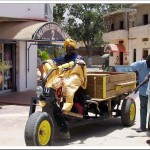When talking about engines and power, we’re often asked about the difference between horsepower and torque. What do they do, and what do they have to offer in terms of an engine?
The best way to describe think about it is that torque is what throws you back in the seat when you step on the accelerator, and horsepower is what keeps you pinned there.
For the Basic Utility Vehicle (BUV) that travels over unfinished roads it needs more torque to push the vehicle through the rough roads in Africa, where most vehicles are located, with brute force. Torque is the power that gets you up steep hills, over large rocks, and through big holes in the road. Horsepower keeps you moving down the road, but torque is what powers you over the obstacles.The BUV has both the torque and the horsepower to make it over the rough roads in Africa and makes it an affordable and efficient vehicle. We’ve found the right combination of the two to make this a useful means of transportation over any terrain.

 Thank you for a safe and exciting BUV Competition. Thanks also to Tuff Torq Corporation and Yanmar Corporation for sponsoring the event!
Thank you for a safe and exciting BUV Competition. Thanks also to Tuff Torq Corporation and Yanmar Corporation for sponsoring the event!

